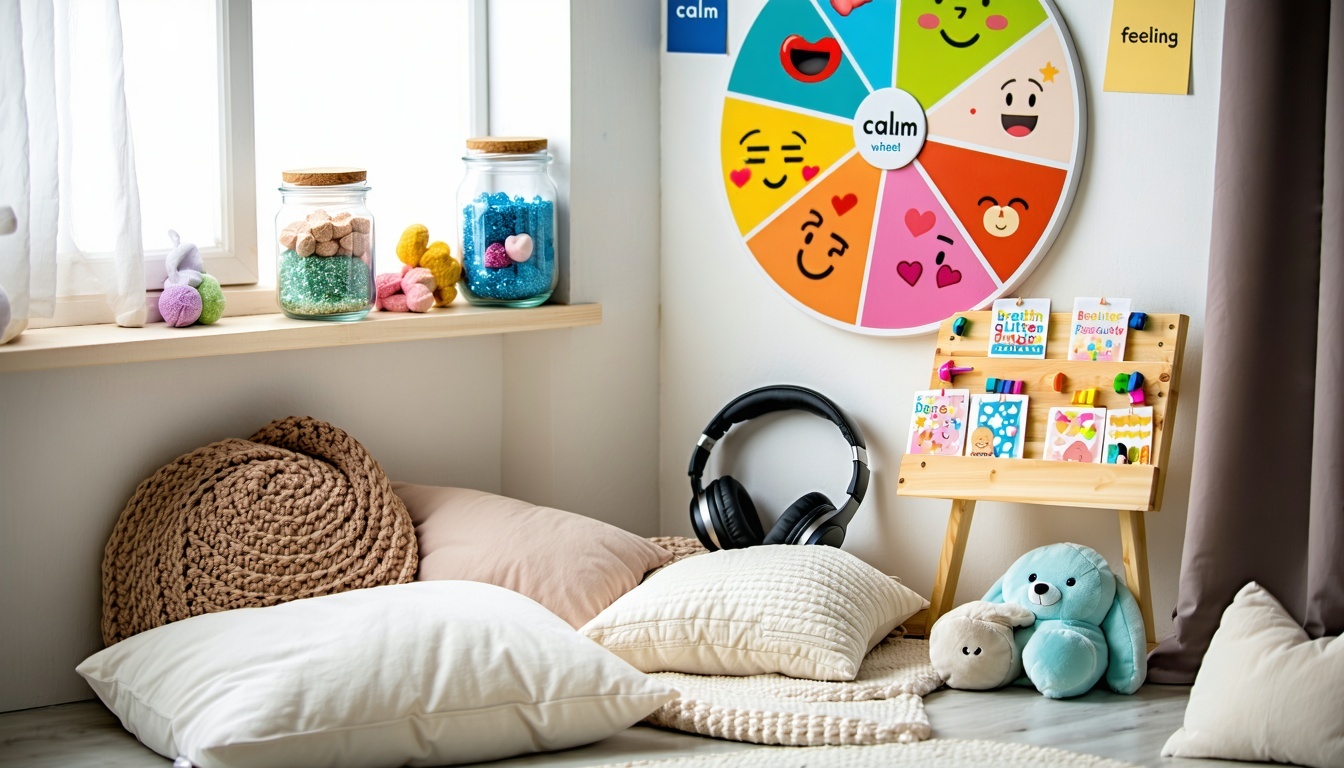
By Melissa Meyer, DNP, PMHNP
Once upon a time, behavior charts were all the rage.
Smiley faces, green lights, gold stars—if your child “behaved,” they got the reward. If not? Uh-oh. Down to red you go.
At first glance, these charts seem helpful. They’re structured. They track progress. They promise better behavior.
But here’s the thing: Behavior charts only measure what’s visible.
They don’t tell you what’s going on underneath.
And when kids are melting down, shutting down, or acting out… they’re not being bad.
They’re being overwhelmed.
That’s why at Hazelwood—and in my own practice—we focus on something deeper, more sustainable, and much more powerful:
✨ Emotional regulation ✨
Let’s break down why that shift matters—and how to build a better model for helping your child thrive.
🚦What Behavior Charts Miss
Most charts are based on external control: “Do this, get that.”
But they don’t teach why a behavior is happening or how to manage the feelings behind it.
Here’s what behavior charts often miss:
-
Sensory overwhelm
-
Anxiety or fear
-
Lack of sleep or food
-
Difficulty with transitions
-
Unmet emotional needs
-
Skills the child hasn’t developed yet
The result? Kids start to believe they’re either “good” or “bad”—instead of understanding that all feelings are okay, and behavior is communication.
🌱 What Emotional Regulation Teaches Instead
When we shift the focus from control to connection, we help kids:
-
Identify what they’re feeling
-
Understand what triggered it
-
Choose tools to calm or express safely
-
Reconnect with caregivers through trust
This builds internal awareness, not just sticker motivation. And the payoff lasts way longer than any prize box.
🛠️ Melissa’s Regulation-First Alternatives to Behavior Charts
1. The Feelings Wheel
A colorful visual with faces or emojis representing different emotions.
Let your child spin or point to how they feel throughout the day—not just when behavior changes.
Why it works: It validates emotion before it becomes a behavior.
2. The Calm Corner (aka the Reset Spot)
A cozy, shame-free space filled with tools like:
-
Glitter jars
-
Headphones
-
Soft blankets
-
Breath cards
-
Fidget toys
Why it works: It offers a safe place to regulate before a meltdown—or return to after one, without punishment.
3. The Repair Ritual
Instead of color changes or timeouts, use a simple process after a hard moment:
-
“What were you feeling?”
-
“What did your body need?”
-
“What could we try next time?”
-
“Is there anything we need to fix or clean up?”
Why it works: It teaches responsibility with empathy, not shame.
4. Brave Break Cards
Give your child cards they can hand you when they need a break, feel overstimulated, or want help calming down.
Why it works: It puts power in the child’s hands while building communication and trust.
💡 What to Do If You’re Still Using a Chart
You’re not a bad parent. Seriously.
If your child is attached to a chart system, try these gentle upgrades:
-
Add emotional reflection: “How did you feel today?”
-
Let them move themselves on the chart instead of being “marked”
-
Reward effort and emotional growth, not just compliance
-
Use stars to celebrate tools used, not behaviors suppressed
💬 A Note from Melissa
Behavior doesn’t tell the whole story. But your child’s nervous system will—if we learn how to listen.
When you move beyond surface-level systems and into emotional connection, something incredible happens:
-
Your child learns why they react
-
You learn how to respond
-
And together, you build a relationship rooted in trust, not tracking
That’s the kind of growth we believe in at Hazelwood.
Not perfect behavior—honest emotional development.
So go ahead. Retire the chart if you’re ready.
Or transform it into something that meets your child where they are—not where a sticker says they “should” be.
📌 Try This Today:
Make a Feelings Chart with your child using magazine cutouts, emojis, or simple drawings. Let them decorate it and choose where to hang it. Use it each morning or evening as a gentle, daily check-in.
Want more ideas for creating emotionally safe homes and classrooms?
Subscribe to Melissa’s Mindful Minute—where we trade sticker stars for real connection, every single time. 🌟
